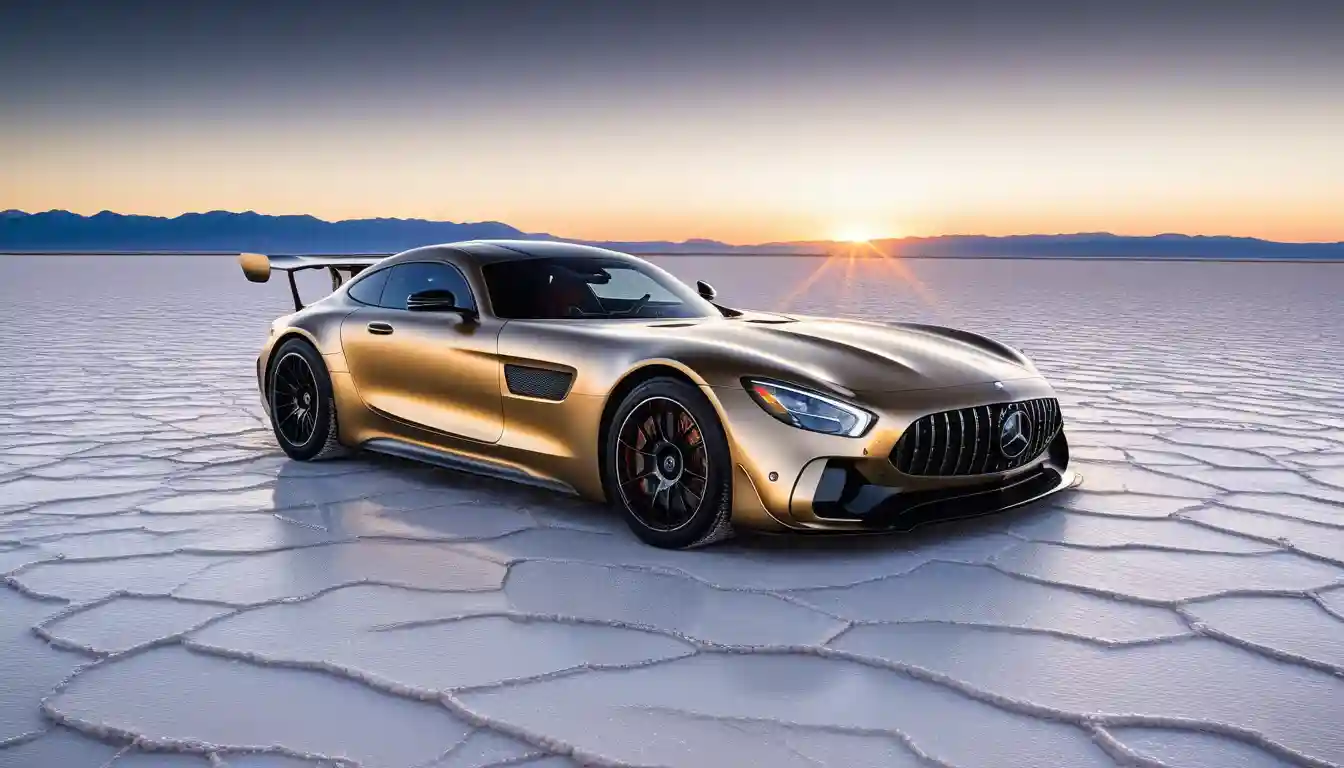
Mercedes GT XX Concept Sets New 24-Hour Electric Vehicle Distance Record with 5,479 Kilometer Drive
The 850-Kilowatt Paradox: When Engineering Brilliance Collides with Market Reality
NARDO, Italy — Mercedes-Benz has completed what may be the most ambitious electric vehicle endurance demonstration in automotive history, with two prototype GT XX concept cars shattering multiple distance records at Italy's Nardo test track over seven days, thirteen hours, twenty-three minutes and seven seconds.
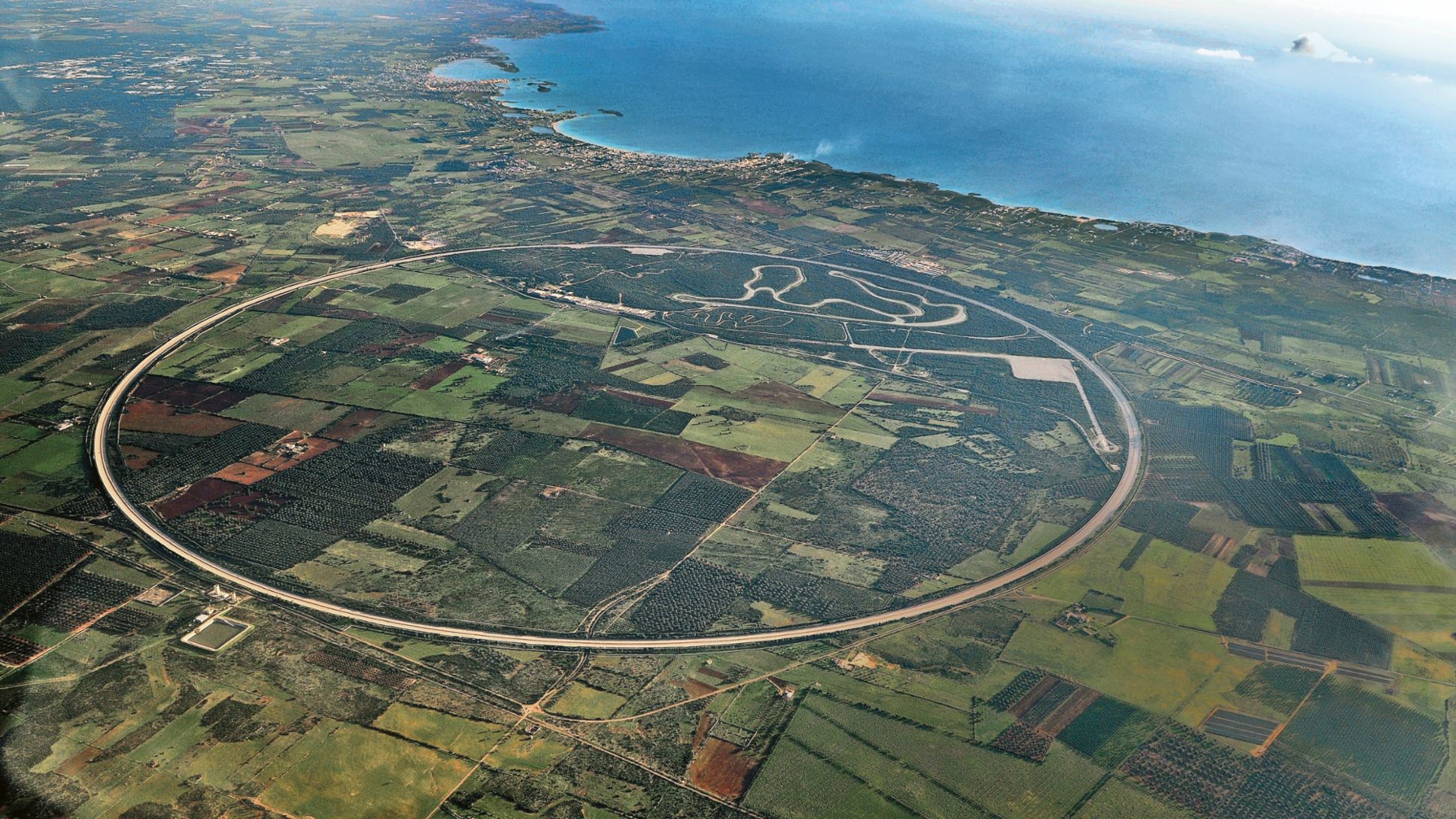
The German manufacturer's achievement redefined the boundaries of electric vehicle capability: 5,479 kilometers covered in a single 24-hour period, obliterating XPeng P7's previous record of 3,961 kilometers by nearly 1,500 kilometers. But the 24-hour milestone represented merely one benchmark in a far more audacious undertaking—both vehicles ultimately traveled 40,075 kilometers, a distance equal to Earth's circumference at the equator, completing 3,177 laps of the 12.5-kilometer circular track while maintaining consistent speeds of 300 kilometers per hour between charging intervals.
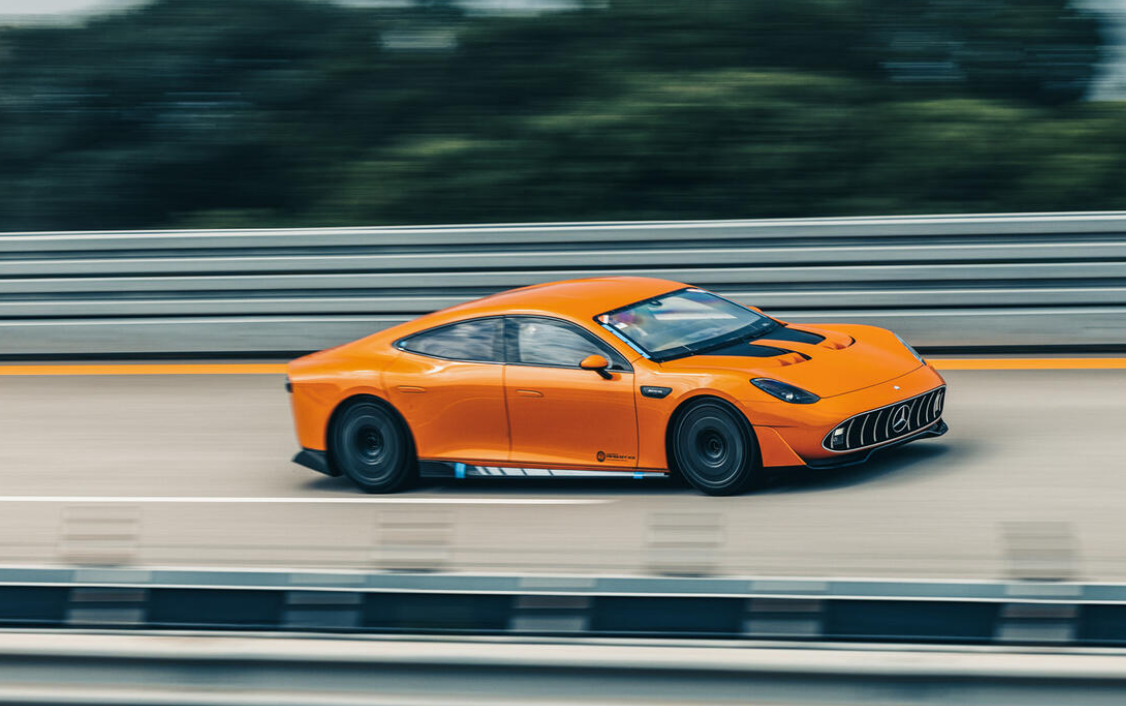
The GT XX concept, first unveiled in June, represents Mercedes' most ambitious electric vehicle prototype to date. The 1,360-horsepower four-door sedan utilizes two axial flux motors paired with a 114-kilowatt-hour battery system capable of 850-kilowatt continuous charging—nearly triple the capacity of today's fastest consumer charging networks. This charging capability enables the vehicle to add 400 kilometers of range in five minutes under optimal conditions.
(Table: Comparison of GT XX Prototype Charging vs. Current Consumer EV Charging Capabilities)
| Category | GT XX Prototype | Current Consumer EVs | Public DC Fast-Charging Networks | Emerging 1 MW-Class Systems |
|---|---|---|---|---|
| Peak Charging Power | ~850–900 kW | ~270–350 kW | Up to 350–400 kW per connector | 1.0–1.5 MW (pilot deployments) |
| Sustained Average Power | >850 kW across wide SOC range | ~150–250 kW typical | ~200–300 kW session averages | N/A for passenger EVs |
| Charging Infrastructure | Prototype-only test hardware | Limited by 350 kW-capable onboard chargers | Most networks capped at 350 kW; 400 kW emerging slowly | Focused on trucks and heavy-duty EVs |
| Vehicle Examples | Mercedes-AMG GT XX Concept | Porsche Taycan, Lucid Air, Tesla 800V models | N/A | BYD, Zeekr, CATL, Huawei |
| Range Gain per Minute | Potentially >20–25 miles at 900 kW | ~10–15 miles at 350 kW | Depends on vehicle capability | Not designed for passenger EVs |
| Real-World Session Limits | Demonstrated ~900 kW stops in endurance runs | Capped by vehicle + charger limits | Hardware sharing & thermal limits reduce effective rates | N/A |
| Infrastructure Gap | ~500+ kW difference vs. today's consumer peak | N/A | Most stalls ≤350 kW, well below GT XX levels | Not yet available for passenger cars |
| Adoption Timeline | Prototype testing phase only | Available in 2025 | Gradual expansion toward 400 kW | Early-stage pilots |
"Insanely strong," Xiaomi CEO Lei Jun commented on the achievement, acknowledging Mercedes' technical breakthrough while highlighting the intensifying competition among global manufacturers to demonstrate electric vehicle capabilities through endurance testing.
The demonstration underscores a fundamental tension reshaping the automotive industry: while Mercedes showcased what electric vehicles can theoretically achieve under controlled conditions, the gap between prototype performance and production vehicle capabilities continues to widen as manufacturers pursue increasingly ambitious engineering targets.
The Architecture of Tomorrow
The GT XX's revolutionary performance stems from technologies that blur the line between automotive engineering and aerospace innovation. Its 850-kilowatt charging capability triples Tesla's most advanced infrastructure specifications, while its axial flux motors deliver unprecedented power density through magnetic architectures that would have been impossible just five years ago.
An axial flux motor—often called a “pancake motor”—differs from traditional radial motors by directing its magnetic flux parallel to the shaft, using a flat, disc-like design instead of a cylindrical one. This layout delivers higher torque density, better efficiency, and a more compact form factor, making it ideal for high-performance EVs. Unlike conventional motors, axial flux designs are easier to cool and can save space for batteries, enabling lighter and more powerful vehicles. However, they’re harder to manufacture and more expensive, which is why only cutting-edge EVs like the Mercedes-AMG One, Ferrari SF90, and Koenigsegg Regera currently use them.
"We're witnessing a fundamental shift in what's technically possible," explained one automotive systems researcher familiar with the testing parameters. "But the critical question isn't whether this technology functions—it's whether it can transition from laboratory to showroom."
The achievement validates YASA's axial flux motor technology, which Mercedes acquired through strategic investment. Unlike traditional radial motor designs, these compact powertrains generate exceptional torque while producing significantly less heat—a crucial advantage when sustaining Formula One-level performance over extended periods.

However, industry analysts note that the cooling systems enabling this endurance remain prohibitively expensive for mass production. Preliminary cost estimates suggest the thermal management architecture alone exceeds the price of many complete production vehicles, creating a substantial chasm between prototype capabilities and commercial viability.
The Infrastructure Disconnect
Perhaps most revealing is the infrastructure dependency underlying Mercedes' achievement. The 850-kilowatt charging that powered this endurance marathon exists nowhere in consumer networks. Europe's most advanced IONITY stations peak at 350 kilowatts, while American infrastructure networks struggle to deliver consistent 250-kilowatt performance across diverse geographic conditions.

This gap illuminates a philosophical divide increasingly defining automotive competition. Traditional German manufacturers pursue technological perfection that may remain theoretical for years, while emerging competitors optimize user experiences within current infrastructure constraints.
"It's like developing a supersonic passenger jet for airports that only have propeller-plane runways," observed one former Mercedes executive who recently joined a Chinese EV manufacturer. "The engineering achievement is remarkable, but the practical application remains elusive."
XPeng's previous record-setting performance, though numerically inferior to Mercedes' demonstration, utilized production-grade hardware and consumer-available charging networks. The practical implications prove stark: customers can actually experience XPeng's demonstrated capabilities, while Mercedes' breakthrough remains confined to specialized testing facilities.
The Asian Response
Across the automotive districts of Shanghai and Shenzhen, Chinese engineering teams have been analyzing Mercedes' Nardo performance with characteristic methodical precision. Industry sources suggest a measured response focused on production-grade improvements rather than prototype demonstrations.
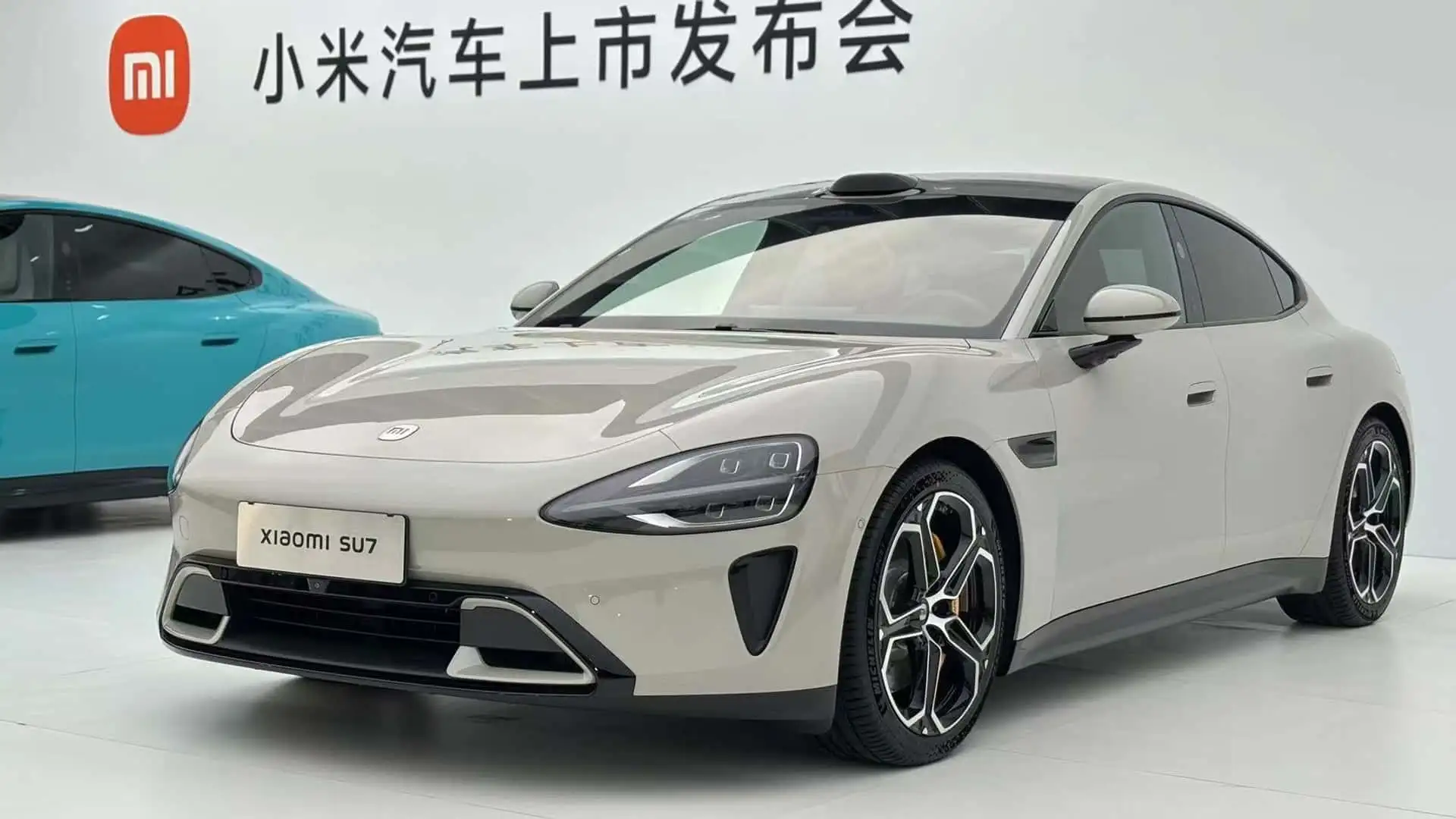
Chinese EV manufacturers have captured significant global market share by prioritizing accessible technology over engineering maximums. Their success suggests that commercial viability may ultimately trump technological supremacy in determining industry leadership—a lesson that traditional manufacturers are gradually absorbing.
Global electric vehicle market share by manufacturer, showing the competitive landscape.
| Manufacturer | Market Share (2024) |
|---|---|
| BYD | 22.2% |
| Tesla | 10.3% |
| GAC Aion | 5.2% |
"The Chinese approach fundamentally differs from traditional European methodology," explained one automotive analyst specializing in Asian market dynamics. "They're optimizing for today's infrastructure and tomorrow's scalability, rather than pursuing theoretical limits that may not reach consumers for a decade."
Industry intelligence indicates that XPeng is developing 500-600 kilowatt charging systems targeted for 2026 deployment, while Xiaomi's engineering teams focus on thermal management optimization—all within production cost constraints that could reach consumers within two years rather than the longer timelines associated with European luxury development cycles.
Market Realities and Strategic Tensions
The disconnect between Mercedes' engineering triumph and its commercial challenges reflects broader transformation within the global automotive landscape. The company's EQ-series production vehicles continue facing market headwinds despite significant price reductions, offering slower charging speeds than competitors while commanding premium prices that appear increasingly disconnected from delivered customer value.
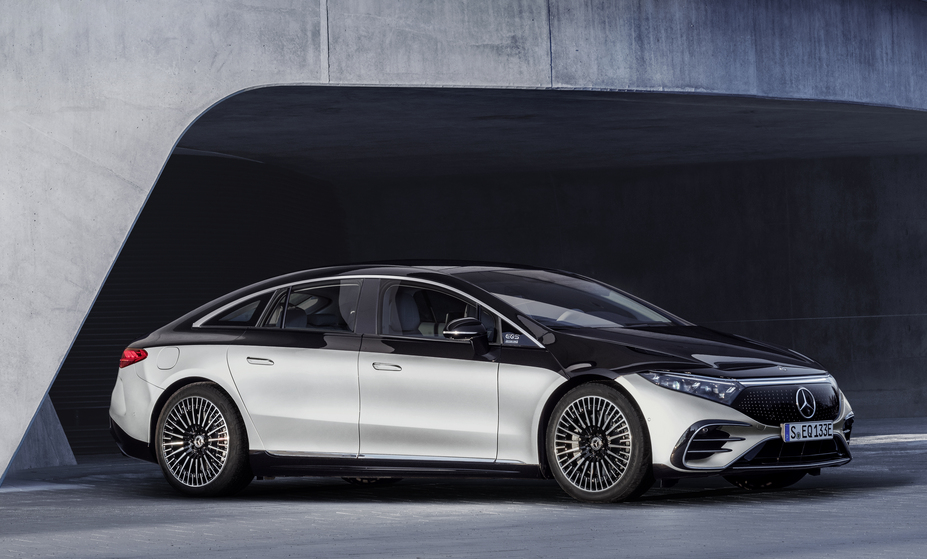
This bifurcation illuminates fundamental tensions within legacy manufacturers. Traditional engineering excellence—historically the cornerstone of German automotive dominance—now competes with software-integrated ecosystems and manufacturing efficiency innovations pioneered by Asian companies.
For Mercedes stakeholders, this presents both strategic opportunity and operational concern. The GT XX demonstrates technological capabilities that could differentiate future luxury offerings, particularly as axial flux motors achieve economies of scale. However, volume growth increasingly depends on competitive positioning in mid-tier markets where Mercedes currently trails established players.
Investment Implications in a Transforming Industry
Market analysis suggests the GT XX achievement strengthens Mercedes' positioning in luxury performance segments while simultaneously highlighting vulnerabilities in volume markets. The company's YASA acquisition provides potential competitive advantages in high-performance applications, though commercialization timelines remain uncertain given infrastructure development requirements.
"Engineering excellence retains significant value, but it's no longer sufficient as a standalone differentiator," noted one investment analyst specializing in automotive sector transformation. "Long-term success increasingly depends on integrating advanced technology with comprehensive software ecosystems, manufacturing efficiency, and charging infrastructure optimization."
Industry projections estimate 5-7 years before ultra-high-speed charging becomes broadly available to consumers, limiting near-term revenue impact from Mercedes' technological breakthrough. Meanwhile, Chinese competitors continue expanding market share through incremental improvements in production vehicles that deliver immediate customer benefits.
(Table: Roadmap for Widespread Ultra-High-Power (>350 kW) EV Charging)
| Phase | Key Developments | Typical Power | Coverage | Drivers | Constraints |
|---|---|---|---|---|---|
| 2025–2027 | High-power hubs on EU corridors; early NA & APAC rollout | 300–350+ kW | Common on motorways; 6–12 fast stalls/site | AFIR mandates, private rollout | Grid, costs |
| 2028–2030 | Widespread corridor access; urban fast-charging grows | 350+ kW | ~184 fast points/100 km on main routes | Policy, network build-out | Grid strain, urban gaps |
| 2030–2035 | Expansion beyond highways into cities & logistics hubs | 350–500+ kW | 3.5–8.8M EU public chargers planned | Grid upgrades, utilization | High investment needs |
| 2035+ (proj.) | Near-ubiquitous ultra-fast charging, incl. rural sites | 500 kW+ | Most new sites ≥350 kW | Advanced architectures | Dependent on energy infra |
For investment professionals evaluating automotive futures, this transformation suggests careful assessment of how traditional automotive virtues translate to electric vehicle markets. Companies that successfully balance engineering innovation with commercial viability may ultimately define the next decade of industry evolution.
Beyond the Records
As Mercedes' GT XX concepts completed their final laps and returned to their Stuttgart facilities, they carried more than distance records—they embodied the complex tensions reshaping global automotive competition. Their achievement demonstrates that traditional engineering excellence retains profound relevance in the electric age while revealing how that excellence must evolve to maintain commercial viability.
The ultimate measurement may not be building the world's most technologically advanced electric vehicles, but creating vehicles that integrate seamlessly into consumers' evolving mobility needs. In an industry increasingly defined by comprehensive ecosystems and optimized user experiences, pure engineering prowess remains necessary but may no longer prove sufficient for sustained market leadership.
"We're not merely witnessing electrification," reflected one industry observer. "We're experiencing a fundamental transformation of what automotive excellence means in a digitally integrated world."
For the engineering teams who pushed these prototypes beyond previously established limits, the records represent validation of German automotive heritage and technological capability. For investors evaluating sector dynamics, they signal both the immense potential and inherent challenges of pursuing technological perfection in rapidly evolving markets where consumer expectations and competitive landscapes shift at unprecedented velocity.
The GT XX's ultimate legacy may lie not in the specific records it established, but in the strategic questions it raises about balancing innovation leadership with commercial success in an industry where competitive advantages are increasingly measured in software updates and ecosystem integration rather than purely mechanical achievements.
Investment decisions should reflect individual financial circumstances and risk tolerance. Past performance does not guarantee future results.